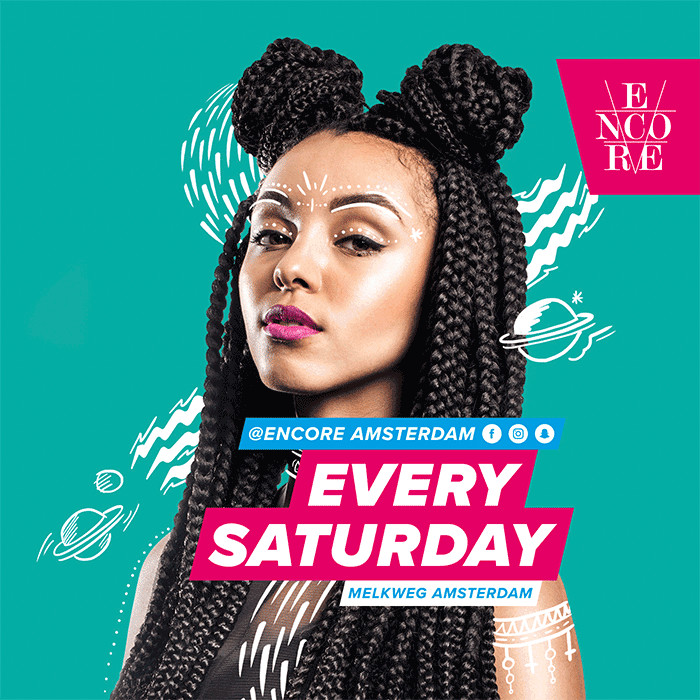In recent years, innovative curation techniques have revolutionized the way traditional art is displayed, transforming both the experience and the interaction between audiences and artworks. Historically, art exhibitions adhered to a relatively static model: artworks were framed, hung in orderly rows, and accompanied by brief labels, creating a conventional and somewhat passive viewing experience. However, contemporary curators are increasingly embracing dynamic and immersive strategies that invite deeper engagement and foster a more interactive relationship between viewers and the art. One such transformative approach is the use of technology to enhance the exhibition environment. Digital projections, augmented reality AR, and virtual reality VR have enabled curators to create multi-sensory experiences that transcend the limitations of physical space. For instance, projections can animate or alter artworks in real time, providing viewers with a more dynamic interaction that evolves with each visit. AR applications allow visitors to use their smartphones or tablets to reveal hidden layers or additional information about the pieces, creating a personalized exploration of the art.

VR, on the other hand, can transport viewers into entirely virtual spaces where they can experience art in new and imaginative ways, offering a completely different perspective and level of immersion. Furthermore, thematic and narrative-based curation has gained prominence, moving beyond the traditional medium-based organization of exhibitions. By grouping works around overarching themes, stories, or concepts, curators are able to create a more cohesive and engaging narrative that guides visitors through the exhibition. SPMD approach often incorporates diverse media and styles, encouraging cross-disciplinary connections and fostering a richer understanding of the art. For example, an exhibition exploring the concept of identity might include paintings, sculptures, video installations, and interactive elements, all designed to prompt visitors to reflect on their own experiences and perceptions. Another notable innovation is the integration of participatory elements that actively involve the audience in the creative process. Workshops, live performances, and collaborative art-making activities allow visitors to contribute to the exhibition, blurring the lines between creator and spectator.
By engaging with art in a hands-on manner, visitors can gain a deeper appreciation of the creative process and the intentions behind the artworks. Additionally, unconventional exhibition spaces are becoming increasingly popular. Art is no longer confined to traditional galleries or museums; it is finding new homes in public spaces, abandoned buildings, and even virtual platforms. These alternative venues offer unique contexts that can radically alter the perception of the art and challenge traditional notions of where and how art should be displayed. For instance, street art festivals and site-specific installations in urban environments bring art directly into everyday life, making it accessible to a broader audience and fostering a more organic interaction with the community. In conclusion, the evolution of art curation techniques reflects a broader shift towards a more immersive, interactive, and inclusive art experience. By leveraging technology, embracing thematic narratives, encouraging participation, and exploring unconventional spaces, curators are not only transforming the way art is presented but also enhancing its relevance and impact in contemporary society.


